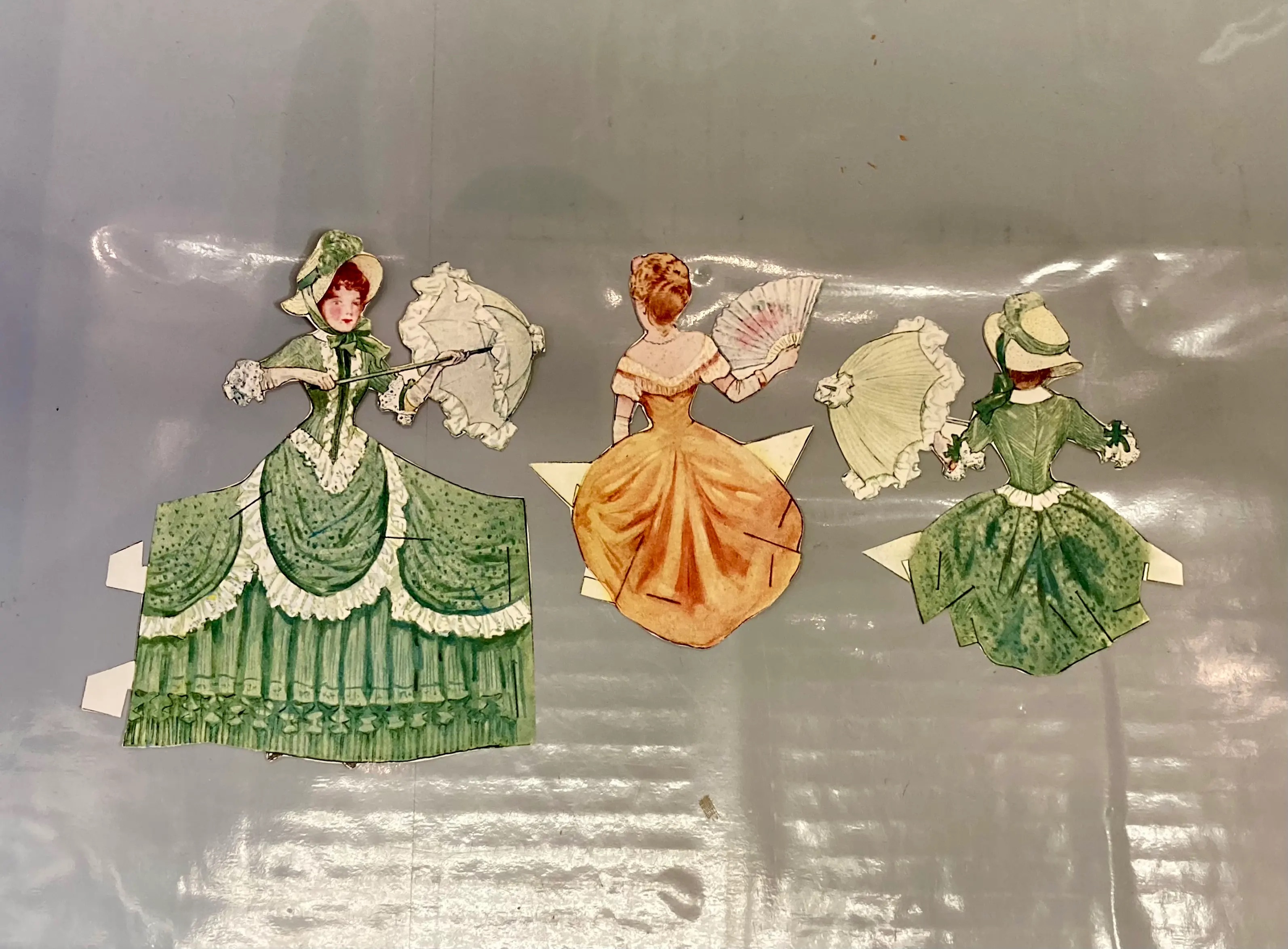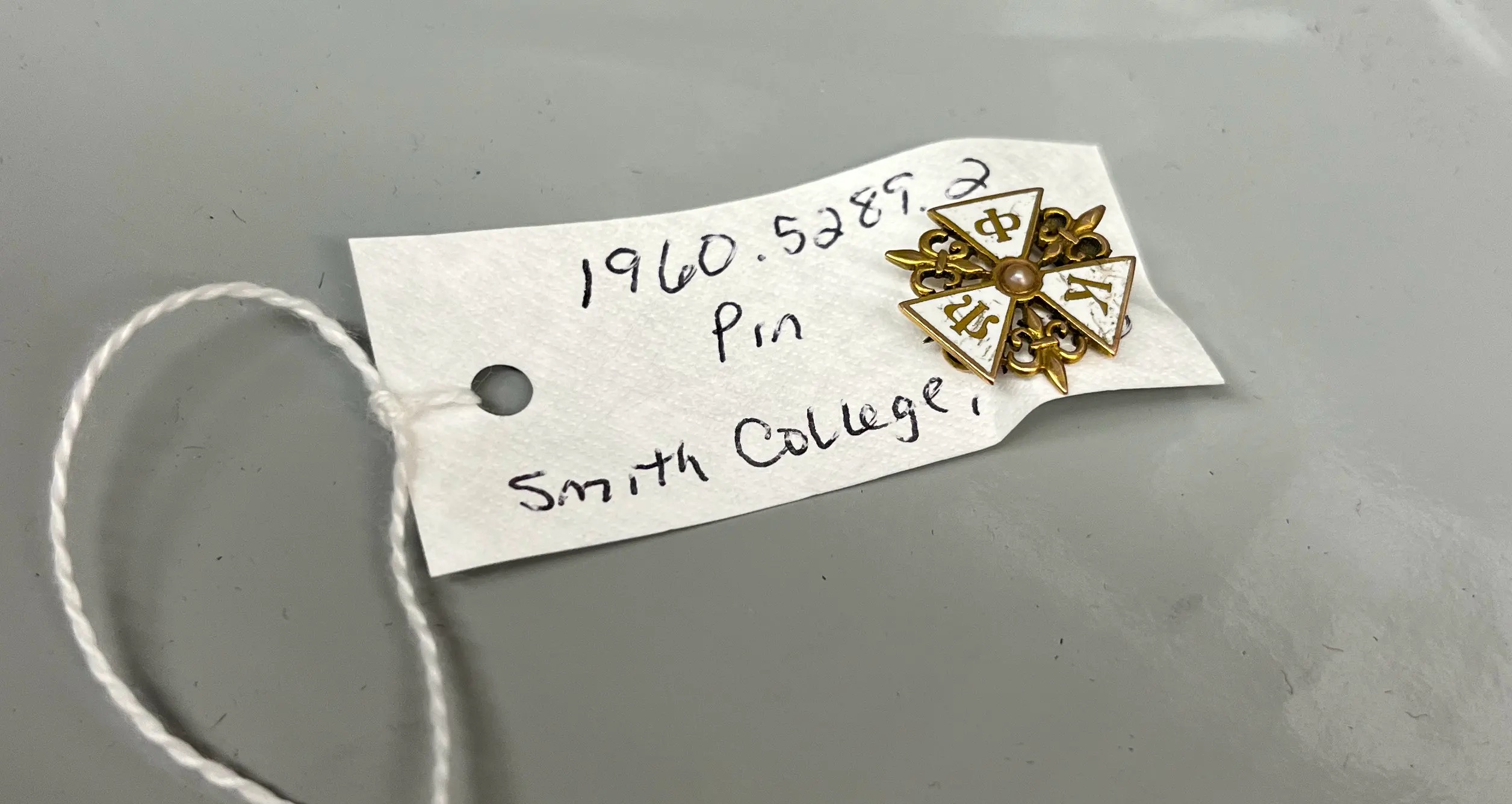Victorian Exhibit
This exhibit represents Westfield’s culture and history during the American Victorian Era, which took place from the late 19th century to early 20th. Titled the American Gilded Age, this era is well known for the rapid increase in industrialization in America and wealth for the upper class. Many of our items from this period represent this increase in wealth and education for the upper class.

Though these paper dolls would be categorized as toys, they can be equally considered as teaching devices. Children often use “playing house/adult” to interact with what was expected of them later in life in a fun and informative way. In that sense, dolls are invaluable in discussing and discovering what expectations were put upon children. These dolls in particular were built to use along with other dolls to create scenes or emulate activities. For instance, a horse doll could be placed under these dolls to create the image that the doll was going horseback riding.

With the start of the Victorian Era came a fundamental change in how the upper classes displayed their wealth. Before this era, the silverware, bedding, furniture, and other items which served a function in daily life were often quite plain, even in the most affluent families in New England. Before, these items were valued for their function, and displays of wealth were relegated to items of leisure. This mother of pearl spoon shows the cultural shift to showing wealth in every item the family owned, from spoons to furniture.

This pin is an example of the growing importance of education for the upper class during this time period. In particular, upper class women’s access to higher education rose dramatically during the Victorian Era. This pin is from a Smith College Sorority. Smith College is one of the oldest and most respected women’s colleges in the country, providing an education which rivals the ivy leagues.
Previous
Next
